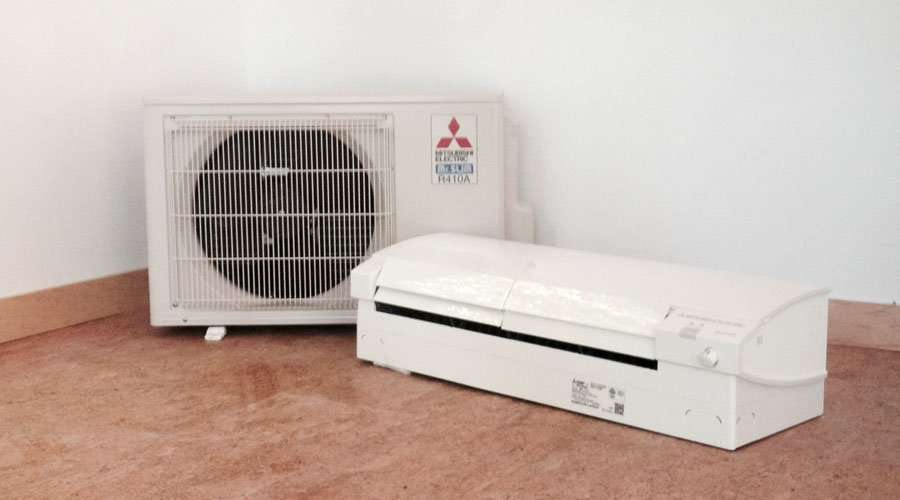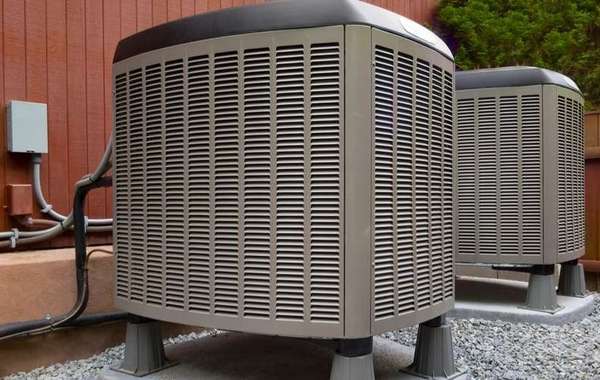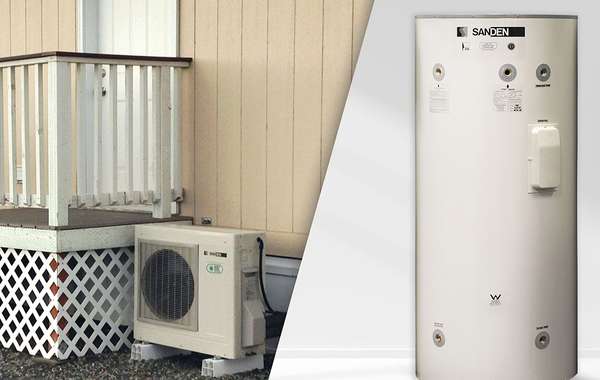Our previous update covered aspects of the building envelope, which allowed us to reduce the annual heating requirement to about the Passive House standard of 15 kWh per square meter. Windows are a part of that but they are also part of our energy performance strategy.
The house is laid out south facing to maximize passive solar heat gain, so we have designed and chosen windows to take best advantage of that.
Window glazings on the North, East and West have an R value of 8.4, but intentionally only R 6.4 on the South, due to different Low E coatings. Low E coatings reduce heat loss, but they also reduce heat gain. By sacrificing that 30% of the insulation value on the south side, we were able to increase the amount of passive heat gain we would have by 80%.
In houses that perform at this level of efficiency, domestic hot water becomes the single biggest consumer of energy. To tackle that we have two heat pumps that together will drop that demand dramatically.
A Mitsubishi 'Mr. Slim' split heat pump will provide heat to the house; we also have a heat pump water heater from AO Smith. The Mr. Slim operates efficiently down to -25 celsius at close to a 3 to 1 ratio of consumption, meaning 3 units of heat out per unit of energy in.
That is three times more efficient than a standard electric baseboard heater that offers you only a 1 to 1 ratio. The Voltex water heater from AO Smith is an air-to-water heat pump which extracts heat from the air to generate hot water, so in the winter that 3 to 1 heating ratio of the first heat pump is transferred to the water heater.
And the more 'free' heat you have in winter (solar gains and general occupancy) the more efficient it becomes. In summer it acts as an air conditioner while it extracts heat from the air to generate hot water, in a way giving you 'free' hot water, since rather than ejecting heat from your home as most air conditioners do it is retained in the form of domestic hot water.
Since 2/3rds of the bulk energy consumption in a home is usually a result of heating, with our building envelope we've been able to reduce that to about 10 percent of what most new homes require. Beyond that, the next big leap in efficiency comes from reducing interior loads. Heat pumps are a great way to do that, particularly with hot water.
Our heat pump combination is together surprisingly affordable, and it has taken a big chunk out of the total energy consumption needed during the operation of the house.
We also have a guide page on the air-to-water hybrid electric heat pump hot water heater that borrows that efficiency and significantly cuts the energy required to meet our domestic hot water needs.
To be able to easily compare the performance of different heat pumps it would also be useful to read this guide on understanding the difference between SEER v HSPF v COP (& SCOP) heat pump rating systems. And, if you're thinking of a Geothermal heating system and comparing them to heat pumps, take a read here.
Now you know more about heat pumps and how they work best in tandem, learn about other efficient home heating solutions in the following pages and in the Ecohome Green Building Guide.
Find more about green home construction and reap the benefits of a free Ecohome Network Membership here. |



























Please fact check my arithmetic:
Say the external air heat pump averages a COP of 3 during the winter, and the water ASP averages a COP of 6 (since it is working with ~ 20C air.) To bring 6 kWh of energy into the home, two kWh of electricity is consumed. To move those 6 kWh into the water, another kWh of electricity is consumed. So it took 3 kwh of electricity to move 6 kWh of heat into the water, for a system COP of 2.0
I realize that the interior water ASP will shine in the summer; I'm just wondering about the winter calculation.
Thanks!
Eric